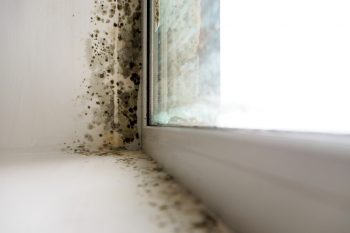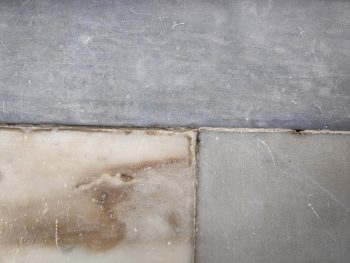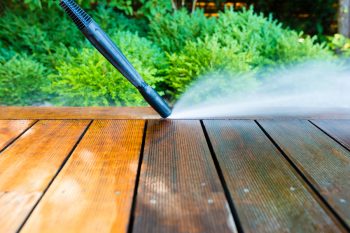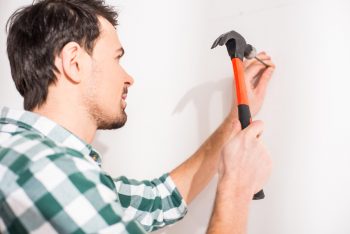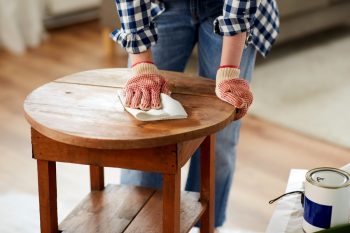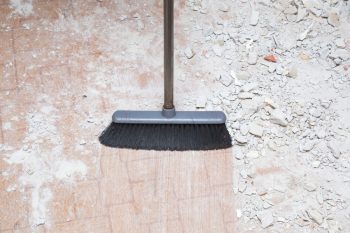
Are you looking for a quick and easy method to remove mold and mildew from your surfaces? Or are you tired of using time-consuming methods to keep your exteriors clean? If so, we are here to help you out.
A pressure washer uses water force to help remove mold spores from your walls, driveways, patios, decks, etc. Moreover, it can be used on all outdoor surfaces, like brick, concrete, vinyl, and wood.
But how do you use a pressure washer to remove mold and mildew? We have created a step-by-step guide to help you answer this question.
So read on to discover 3 quick ways to use a pressure washer to remove mold and mildew from your surfaces.
Using a pressure washer to remove mold from your surfaces is quick and easy. The process consists of the following 3 steps:
- Take a cup of bleach and dilute it into one-gallon water to make a solution. Now, scrub the affected area in a circular motion with a bristle scrub brush to remove the mold.
- Fill the reservoir of your pressure washer with a non-corrosive mold and mildew detergent. Apply it to the surface using a low-pressure nozzle on your machine.
- Change the nozzle, use a high-pressure nozzle, and rinse the surface thoroughly with lukewarm water to eliminate mold on your surface.
Keep reading to learn a detailed guide and safety precautions for using a pressure washer to remove mold from outdoor surfaces.
Can a Pressure Washer Help Remove Mold and Mildew?
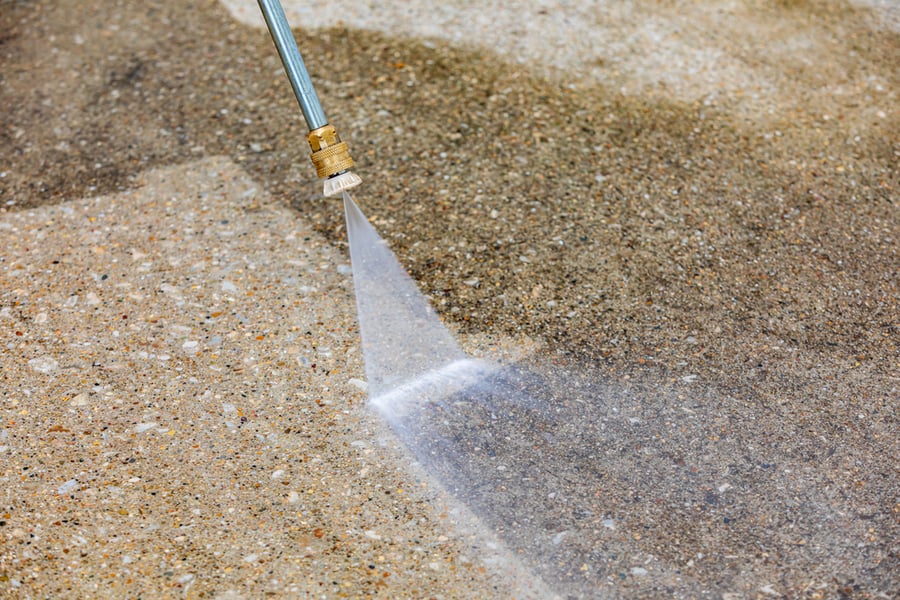
Before learning how to perform the procedure, let’s determine whether it works. A pressure washer cleans outdoor surfaces like driveways, patios, and roofs. These machines use a high water stream to fight mold, moss, and mildew on these surfaces.
Pressure washing prevents bacteria on hard surfaces like brick, concrete, vinyl, and wood.
However, to protect the pressure washer and the surface, it is critical to use reliable and non-corrosive detergents to remove mildew and mold using a pressure washer.
There is a difference between power washing and pressure washing.
Power washers heat the water to remove sticky and stubborn stains, whereas pressure washers clean hard surfaces with room-temperature water.
Items You Will Need
- Pressure washer
- Hard bristle scrub brush
- Plastic bucket
- A low-pressure and high-pressure nozzle
- Mold and mildew detergent
- Clean lukewarm water
- Bleach
- Extension wand (if required)
- Safety gloves
3 Simple Steps for Cleaning Mold and Mildew With a Pressure Washer
Step 1: Scrub the Surface With Bleach
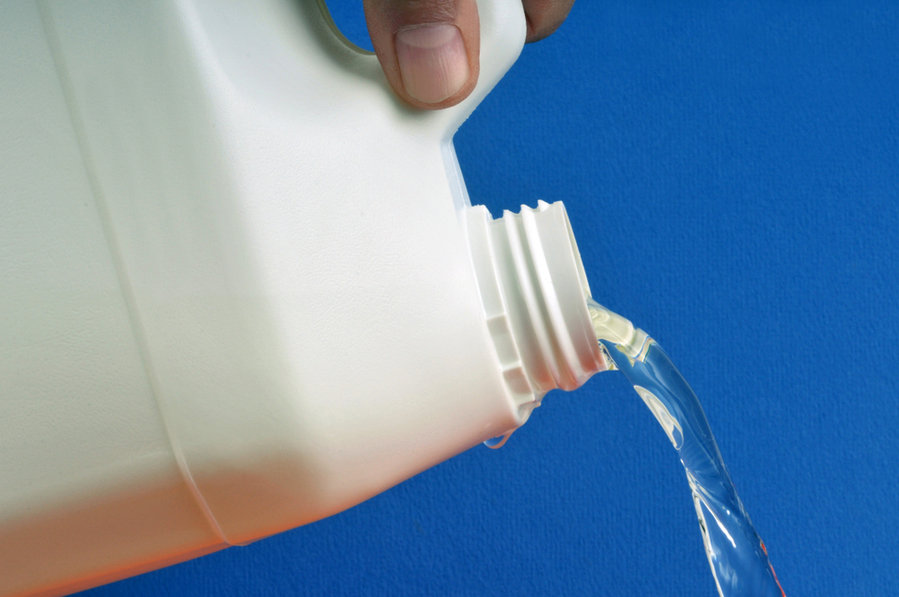
Combine pressure washing with a bleach scrub on your surface for long-lasting results. The bleach is a cleaning agent that removes the mold spores completely and prevents them from growing back on your surface.
To prepare the mixture, take a plastic bucket and mix a cup of bleach in one gallon of hot water. Now, with the help of a bristle scrub brush, start rubbing the affected areas of your surface in circular motions.
To ensure every part of your surface is evenly saturated, work in small sections.
Once you have scrubbed all parts of your surface, let the bleach sit on it for 15-20 minutes before rinsing it with a pressure washer.
Do not forget to wear protective gloves before working with bleach.
Step 2: Pressure Wash With Mold and Mildew Detergent

Invest in a high-quality mold and mildew detergent for your pressure washer to keep it in good working order.
A non-reliable detergent will not only cause corrosion in your pressure washer machine but will also fail to permanently remove mold from your surfaces.
Pour the mold and mildew detergent into your pressure washer’s reservoir and make sure everything is in working order.
Additionally, spray detergent with a low-pressure nozzle on your pressure washer machine for effective results.
Now maintain an appropriate distance from the surface (about one foot) and start the machine. Work in small, manageable sections from bottom to top to ensure all areas of the surface are equally attended to and cleaned.
Finally, let the mold and mildew detergent sit on your surface for 15-20 minutes before washing it. Remember not to let the detergent completely dry.
You must know how to operate a pressure washer properly to avoid damaging your surface.
Step 3: High Pressure Wash To Rinse the Surface
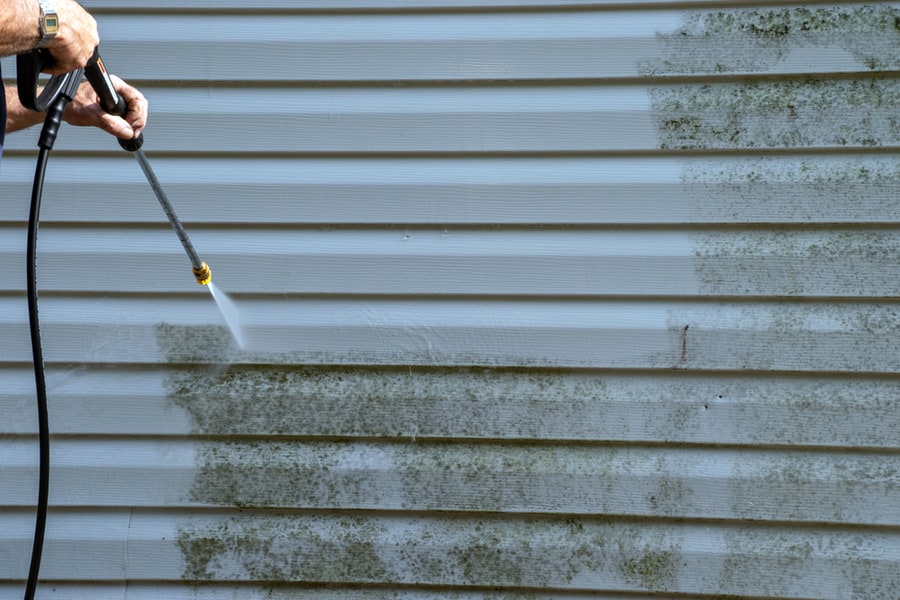
Clean your pressure washer’s reservoir and fill it with lukewarm water. Also, change the previous low-pressure nozzle and put in a pressure-washing nozzle for a wider fan and higher water pressure.
Now adjust your distance and stand on a smooth surface to avoid losing your balance. Rinse the surface in small portions with horizontal strokes from top to bottom, and make sure all the detergent and bleach are wiped off.
After rinsing, double-check the surface to see if the mold spores have been entirely removed. Maintain and keep your surface clean to avoid mold reappearing.
Considerations When Using a Pressure Washer To Remove Mold
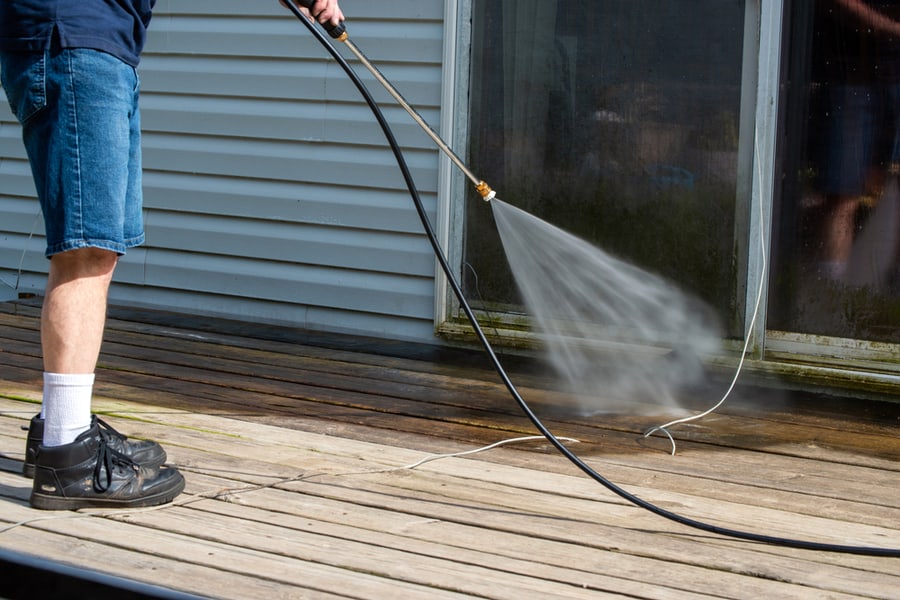
- Water pressure: Be careful when using a pressure washer to clean a surface. Any rush or too much pressure can damage your surface. Extremely high pressure can result in the paint flaking out or deep etching irreversible lines.
- Nozzle type: Select the right type and size of the nozzle for effective results. For example, take a light spray nozzle for applying detergent and a pressure nozzle for rinsing it.
- Maintain your balance: If you are cleaning the mold on a two-story building, use an extension wand to do the job. It is not advised to use a ladder as the force released from the pressure washer can make you lose your balance.
- Adjust your distance: Before using a pressure washer, learn the ideal distance that needs to be maintained between you and the surface to get the best results.
- Use anti-corrosive cleaners: Do not fill your pressure washer’s reservoir with vinegar or bleach because they are excessively corrosive to pipes and metals. Instead, use a commercial mold and mildew detergent to do the cleaning.
Final Thoughts
Doesn’t blasting mold and mildew from your surfaces like a lot of fun and excitement? Well, it is when rightly done.
All you need to do is learn how to use a pressure washer, get the right nozzles, and you will be all set to get rid of mold in a few minutes.
We hope our blog helped you easily navigate the process of cleaning mold with a pressure washer.
